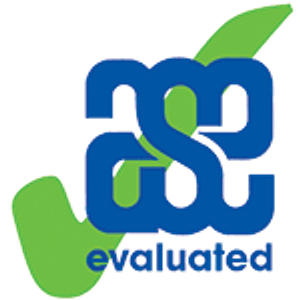Frozen Oceans
Science | Ages 11-14
The Frozen Oceans Science resources include six enquiry-based lessons introducing working scientifically concepts and skills for 11-14-year-olds. Each lesson replicates the work done by field scientists in the Arctic. The lesson plans and activities are full of practical ideas which bring carbonate chemistry and marine biology to the science classroom.
Together with the galleries and videos, the lessons demonstrate science at work and are based on research conducted in the Arctic following the journey of the expedition teams taking part in the Catlin Arctic Surveys between 2009 and 2011.
These lessons can be combined with the annual Arctic Live event. Every spring this unique interactive event connects thousands of students worldwide to science expedition teams based at the UK Arctic Research Station in Ny-Ålesund, Svalbard.
Part of:
AXA Ocean EducationThis introduction to the carbon cycle and ocean acidification builds on students' prior knowledge of climate change and increased atmospheric CO2.
Just as Dr Ceri Lewis must plan fair tests to study ocean acidification, students will work scientifically by writing a method to test a hypothesis.
Students develop and use a model (food web) to formulate hypotheses about how ocean acidification might affect organisms at various trophic levels.
As students investigate the effects of the changing photoperiod on algal growth, they must also consider the risks associated with research.
Students work scientifically by using analytical techniques in a systematic way to identify mixed up samples of ocean water.
Students work scientifically using models of different types of polar ice to explain the impacts of Arctic ice melting.
Brought to you by

In partnership with


ASE green tick

teach the goals



